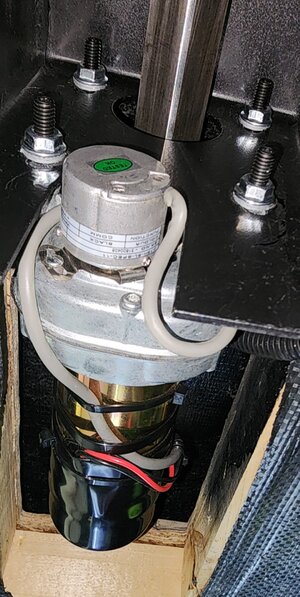flarider
RVF Regular
- Joined
- Mar 7, 2020
- Messages
- 79
- RV Year
- 2018
- RV Make
- Newmar
- RV Model
- 4327
- RV Length
- 43
- Chassis
- Spartan K2
- Engine
- Cummins L9 450
- TOW/TOAD
- 2023 Jeep Wrangler
I am having a problem with my kitchen slide on a 2018 DSDP. In doing some research I read that the Stage 8 system bolts were loose. So, I decided to check my bolts. In the end, all the bolts that had the Stage 8 system were loose. It is probably more of what the bolts screw into than the Stage 8, nevertheless, if you are using the Stage 8 system or probably any system, (safety wire) you might just have a false sense of security.
Marc
Marc














